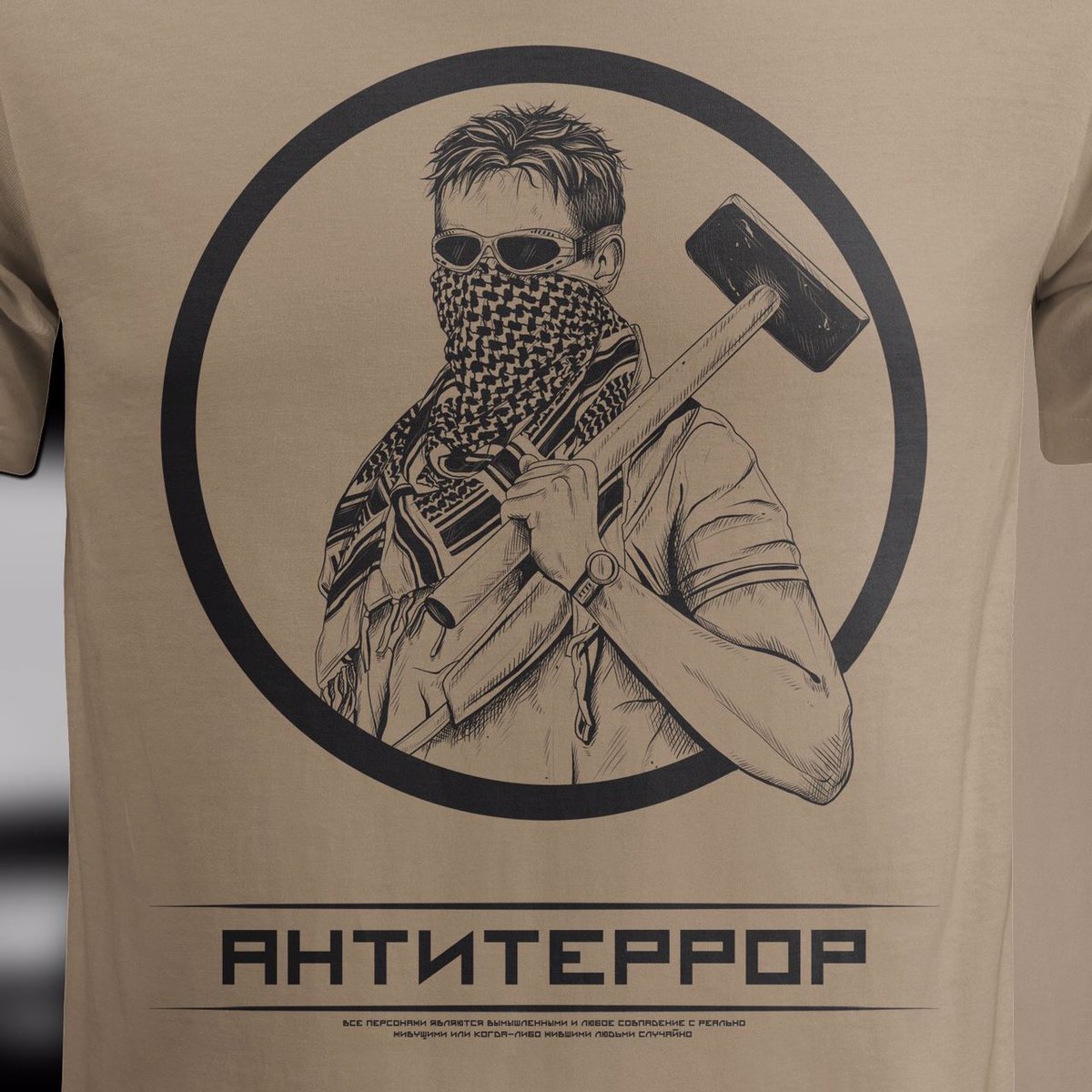Yevgeny Nuzhin was a Russian prison inmate who enlisted into the Wagner mercenary group to fight in Ukraine. After being captured by Ukrainians he expressed his desire to fight against Putin. He was exchanged and then executed with sledgehammer according to Wagner traditions. 

Wagner is led by Yevgeny Prigozhin who himself had spent 10 years in prison for violent crimes. Upon release he launched a catering business and eventually became known as "Putin's cook". In this capacity he established a Wagner mercenary group fighting colonial wars for Russia 



Wagner mercenaries ironically style themselves as "ихтамнеты" ("they are not there"). It means that they are fighting in many countries where Russia has no official presence. If questioned, Russia will deny Wagners being there/connection of Wagner to Kremlin. Hence the nickname 

Wagner's mythology and iconography is based on glorification of ultraviolence. Consider this Wagner merch. Execution with sledgehammer is the most recognisable symbol of the Wagner group.
We see guys beating someone with sledgehammer -> We think of Wagner

We see guys beating someone with sledgehammer -> We think of Wagner


"Sledgehammer" symbol refers to this case. In Syria one of Assad's Syrian soldiers tried to desert. Wagner mercenaries captured him. They beat him with sledgehammer, cut off his hands and head with a saw and burnt the rest. This execution became the proudest symbol of Wagner 

See video of Wagner mercenaries executing a Syrian here. Much of it is blurred, but it is still pretty graphic
What is interesting about this execution is that it wasn't prosecuted or even condemned. Instead it was endorsed and became the proud symbol and the trademark of the Wagner group. Modern Russia tends to endorse ultra violence rather than to condemn it 

Initially they executed a Syrian deserter this way. Now they did it with one of their own. You can see a video here on their Telegram channel. Warning, it's graphic t.me/grey_zone/15767
Prigozhin and the Wagner social media accounts endorsed this new execution of course
Prigozhin and the Wagner social media accounts endorsed this new execution of course
Ultraviolet execution of a deserter is perfectly rational. Many prison recruits etc have low morals. With this execution Wagner tells:
1. You can't escape from us
2. After we get you back, you'll die in a terrible way
Ultraviolence is necessary to keep the unmotivated in line
1. You can't escape from us
2. After we get you back, you'll die in a terrible way
Ultraviolence is necessary to keep the unmotivated in line
At this point Wagner grew into a massive fighting force. They have infantry, artillery, tanks, air defence, even fighter jets. So pretty much everything that the regular army has except for navy, ballistic missiles, etc. The Wagner became an army in their own right
While being largely independent from the regular army, Wagner uses the same infrastructure. Most importantly, they train their recruits on the same training ground - @RheinmetallAG built Mulino. The only modern training center that Russia has
https://twitter.com/kamilkazani/status/1547226267883393024
While the @RheinmetallAG officially "left" the project after Crimea, that is a verifiable lie. Customs declaration show them supplying the "Garnison" company that was building Mulino with components for assembling the simulation equipment even in 2019
https://twitter.com/kamilkazani/status/1574780881436348419
In other words, @RheinmetallAG declaration in August 2022 is a verifiable lie. Russian customs declarations (see details in a thread quoted in a previous tweet) show that Rheinmetall was supplying Garnison with components for assembling simulation equipment even in 2019 

TL;DR Russian ultraviolet mercenary Wagner group is being trained on @RheinmetallAG built training ground. It is the only training center in Russia that has modern simulation equipment. Rheimetall was shipping them components as late as in 2019
Thank you, Rheinmetall!
The end
Thank you, Rheinmetall!
The end

• • •
Missing some Tweet in this thread? You can try to
force a refresh





